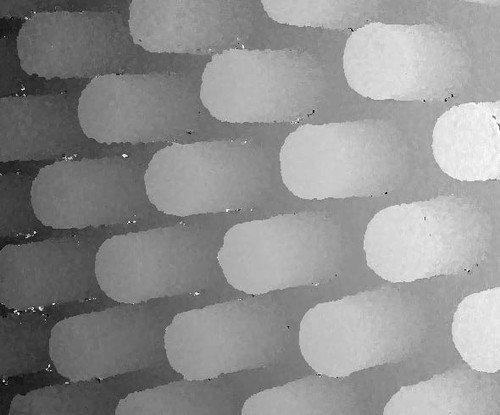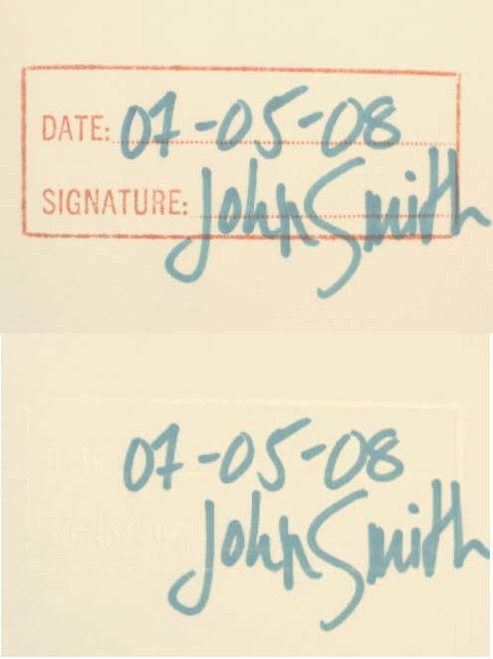Product Description
Aurora Imaging Library (Formerly Matrox Imaging Library)- Explore Geometric Model Finder Tool
The Geometric Model Finder tool uses geometric features (e.g., contours) to find an object. The tool quickly and reliably finds multiple models—including multiple occurrences—that are translated, rotated, and/or scaled with sub-pixel accuracy. GMF locates an object that is partially missing and continues to perform when a scene is subject to uneven changes in illumination, thus relaxing lighting requirements. A model can be trained manually from an image, obtained from a CAD file, or determined automatically for alignment. A model can also be obtained from the Edge Finder tool, where the geometric features are defined by color boundaries and crests or ridges in addition to contours. Physical setup requirements are eased when GMF is used in conjunction with the Calibration tool as models become independent of camera position. GMF parameters can be manually adjusted and models can be manually edited to tailor performance.
The Geometric Model Finder tool in Aurora Imaging Library includes dedicated modes for finding circles, ellipses, rectangles, and line segments. These modes use the same advanced edge-based technique to locate one or more occurrences of any size—including ones within another for circles, ellipses, and rectangles. Circle finding is defined by the anticipated radius, the possible scale range, and the number of expected occurrences. Ellipse and rectangle finding are defined by the anticipated width and height, the possible scale and aspect ratio ranges, and the number of expected occurrences. Line segment finding is defined by the anticipated length and the number of expected occurrences. Continuous and broken edges lying within an adjustable variation tolerance produce the requested shape. The shape-finding tool returns the total number of found occurrences; for each occurrence, the tool provides the center position and score relative to the reference. It also gives the radius and scale for circles; the angle, aspect ratio, width, and scale for ellipses and rectangles; and the start and end positions as well as the length for line segments. These specialized modes are generally faster and more robust at finding the specific shapes than generic pattern recognition.

















